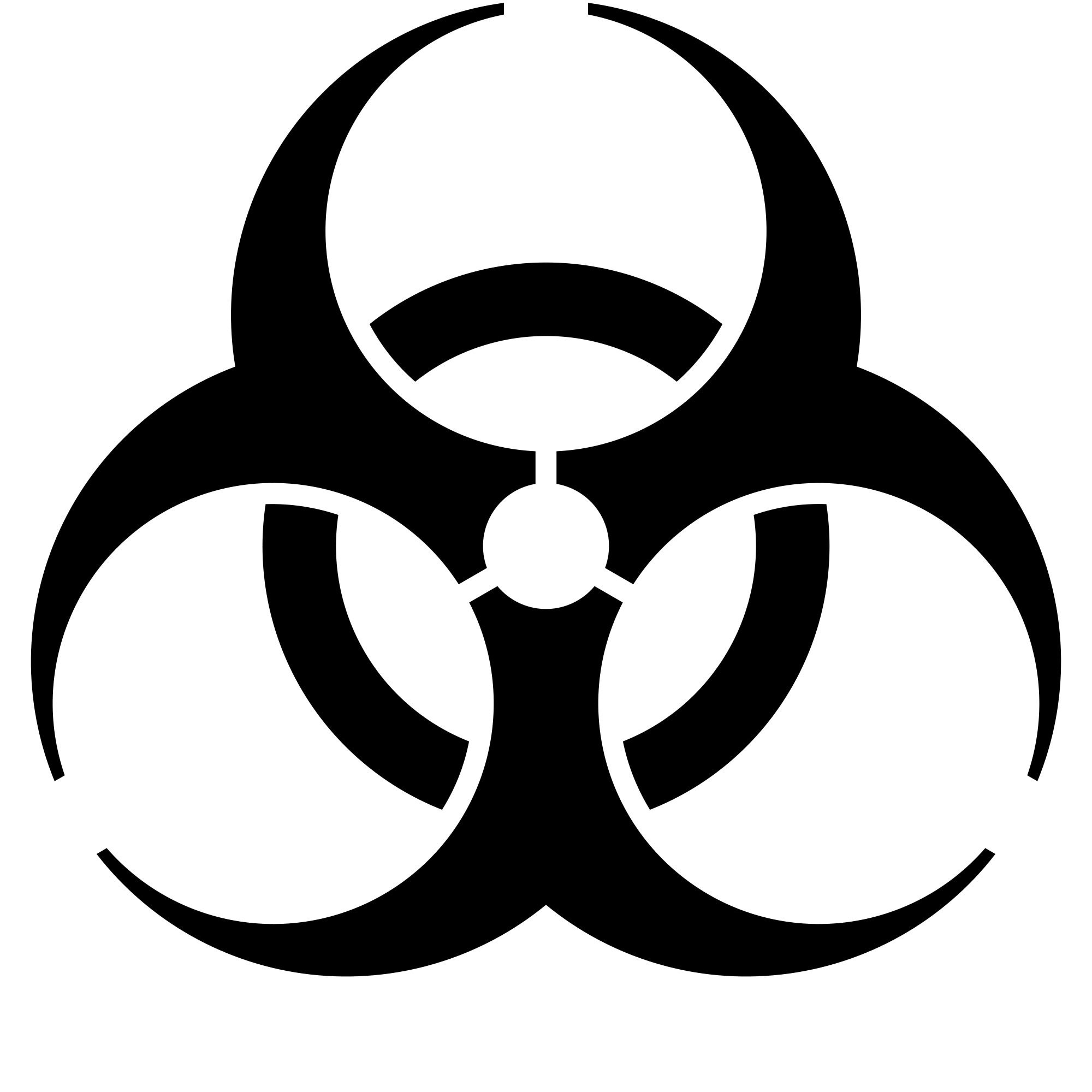Twenty-one dead lab chickens piled up this spring at a government facility before its researchers could pinpoint why. The team had requested and received what was meant to be a relatively harmless strain of avian flu. Instead, the virus killed all the test birds during experiments. The samples, it turns out, were contaminated with the deadly H5N1 flu strain. Themishap raised concerns about safety procedures at the lab that provided the virus. The lab in question belonged to the Centers for Disease Control and Prevention. The facility that received the virus was operated by the U.S. Department of Agriculture. Even more concerning: the dead chickens event is just one in a string of worrisome recent incidents at government labs that work with potentially deadly microbes. Just yesterday federal officials revealed that 327 vials holding an array of decades-old pathogens were discovered in the same unsecured storage room where six vials of smallpox were discovered earlier this month on the National Institutes of Health campus in Bethesda, Md.
No one died or even got sick as a result of the H5N1 and other mistakes but “that does not change the fact that these were unacceptable events,” CDC Director Tom Frieden told Congress earlier that day. The microbes involved in other CDC incidents include anthrax, botulism and brucellosis. The CDC’s influenza and anthrax labs are shuttered at least for now, and the CDC has promised a far-reaching check on its 22 biosafety level (BSL-) 3 and BSL-4 laboratories before any future samples are shipped in or out. Such facilities handle serious or lethal disease and require special safeguards to ensure microbes do not escape or sicken employees. The biosafety levels increase with the sophistication of security measures taken and the relative danger of pathogens studied. (Read: Bio-Unsafety Level 3: Could the Next Lab Accident Result in a Pandemic?)
The larger question for infectious disease labs and officials now is how these events will alter high-level biosafety work at the more than approximately 1,500 top-level U.S.-funded and private labs across the country going forward. On July 11, when Frieden revealed the extent of recent incidents in a new report and public remarks, he said that his agency wants to reduce the number of laboratories that work with dangerous agents, the number of people who have access to those labs and the number of dangerous pathogens studied. There is no agreement yet on just how many labs would be affected.
In fact, there is no record of how many high-level BSL-designated labs even exist, Rep. Henry Waxman (D–Calif.) said at the July 16 hearing of the House Energy and Commerce Subcommittee on Oversight and Investigations. He was referring to BSL-3 and 4 levels, which deal with biological substances that can cause serious or fatal illness when inhaled.
Around the country the number of BSL-3 labs has increased rapidly in the past decade to nearly 1,500 in the U.S., according to 2013 estimates from the Government Accountability Office (pdf). CDC, itself, says it has 21 BSL-3 labs. (The agency also has one BSL-4 laboratory.) Other such facilities are located at university, state, local and private labs. “You have to walk a fine line between having too many labs that puts the likelihood of having accidents high versus too few that would mean research would go at a slow place,” says Amesh Adalja, an infectious diseases doctor and biosecurity expert at the University of Pittsburgh Medical Center. “We are working on very hard problems with these pathogens and not everything will come from one scientific center. There is an advantage to having a variety of centers, and that’s the nature of research.”
Whatever the total count of biosafety labs is, a better framework for their oversight is needed. “There is a continued lack of national standards for designing, constructing, commissioning and overseeing” these labs, testified Nancy Kingsbury, managing director of applied research and methods at the Government Accountability Office. One entity should be charged with coming up with such a plan, she said. The process to obtain the higher BSL designations, much like a security background check, is onerous. If a laboratory loses its BSL approval, it must reapply to regain it. Yet, no single agency has oversight over all these “high-containment” biolabs and there are no national standards for operation.
Meanwhile, some labs are taking matters into their own hands. One state lab in New York, where suspicious materials can be sent for analysis in the event of a bioterror attack, is considering instituting a voluntary moratorium of its own in response to last week’s news. Jill Taylor, director of the Wadsworth Center at the New York State Department of Health, says that her facility, which includes BSL-2 and BSL-3 labs, normally receives requests to send biological materials to universities, the CDC and other facilities. So, while CDC sorts out its next steps and federal labs do some soul-searching, perhaps her lab will, too, she says. “I think we will probably put a moratorium on our shipping of things,” Taylor says. “I want to see if the federal government makes changes to the regulations for shipping of reagents.” The facility would still send requested materials in the event of an emergency. The center’s research arm, however, which works with pathogens including tuberculosis, will not run aground from the CDC moratorium, Taylor says, because it can grow its own samples in the lab.
The federal incidents will have an impact on other labs in terms of lessons learned. “It’s important to do a freezer review once a year, at least,” says Scott Becker, executive director of the Association of Public Health Laboratories, with a nod toward the recent discovery of long-forgotten smallpox vials at the National Institutes of Health complex. “I think it’s important to review your protocols and procedures for your techniques regularly and have a discussion inside your institution to just ask the question: Could this happen here?”
Back in Washington, D.C., House lawmakers at the subcommittee hearing blasted the CDC for its recent incidents. Rep. Tim Murphy (R–Pa.) said the anthrax incident raises “very serious questions” about CDC’s ability to protect the public. A culture of complacency puts the health of the American public at risk, he said. “It’s sloppy and inexcusable.” Colorado Rep. Diana DeGette (D) echoed the sentiments. The incidents reveal, “there’s a fundamental problem with the culture of identifying and reporting safety problems up the chain of command,” she said.
Lawmakers asked Frieden if the issues were a result of researchers becoming complacent about working with such dangerous substances. “You get inured to that danger,” when you work with such materials for years, Frieden said, but he was not yet ready to attribute the pattern of problems completely to that reality.
An inspection of CDC’s recent anthrax incident by the Agriculture Department’s Animal and Plant Health Inspections Service raised further questions about the recent anthrax lapse. The service’s report found that some exposed staff were not examined for five days following notification of the exposure, and anthrax was left in an unlocked refrigerator with the key in the lock. Moreover, workers freely passed through the area. Inspectors had to track down missing tubes and plates of anthrax. Some of the Ziploc bags used to transfer materials were also deemed not adequately “durable.” The CDC moratorium, which hinges on a thorough review of its high-level laboratories, will continue “as long as it takes,” said Frieden, declining to offer a time line. “This is not a small thing,” he said. Laboratories with vital public health roles, such as those working with Ebola or drug-resistant tuberculosis, “will reopen quickly” he added.
The extent to which new restrictions will be placed on high-level laboratories is still an open question. “What I worry about is there are important research question at some of these labs that won’t get answered if it becomes too difficult to do research on some of these questions,” says Adalja, the expert at the University of Pittsburgh. “We don’t have antivirals or vaccines for SARS (severe acute respiratory syndrome). We don’t have a vaccine for effective treatment for Ebola.”





